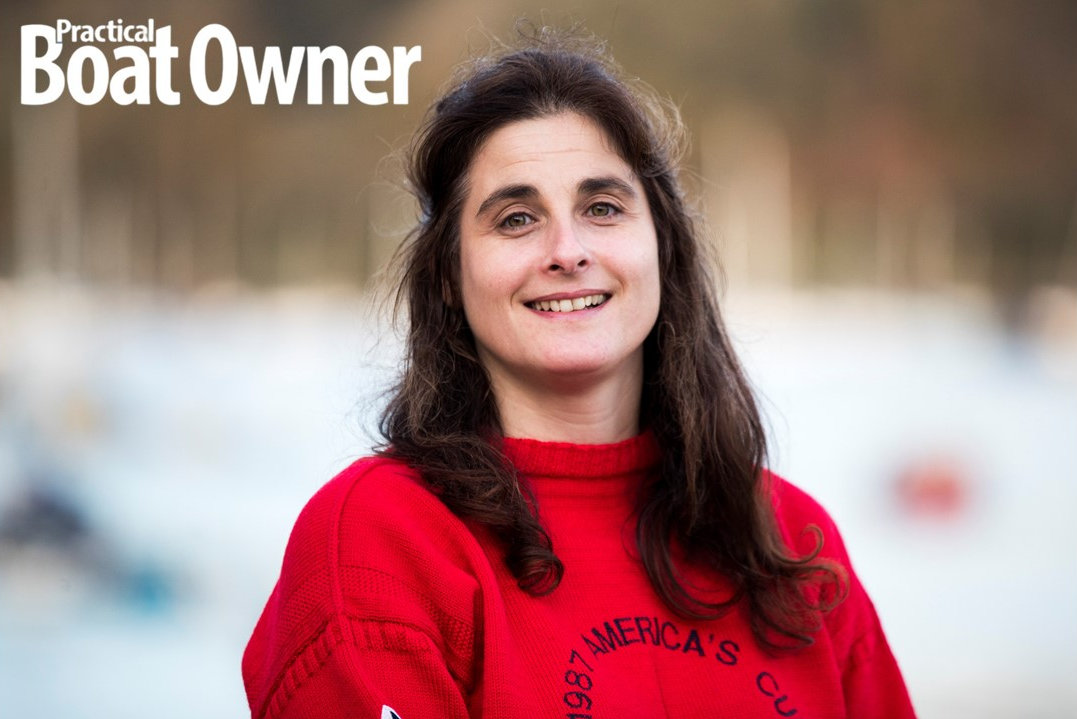Katy Stickland, the editor of Practical Boat Owner, delivered a compelling vision of cruising's evolution at the Cruising Association's annual Hanson Lecture on 26 March 2025.
Speaking to a live audience at CA House in London and via Zoom broadcast, Katy’s wide-ranging address traced cruising's journey from its Victorian roots to today's era of rapid transformation. With incisive insight, Katy revealed how modern lifestyle shifts, technological advancements, environmental and regulatory changes are reshaping the cruising experience.

Photo: ©Richard Langdon
The changing face of cruising
Looking at today’s cruiser, Katy noted that most are affluent over-55s, while younger generations prefer more affordable easily accessible alternatives. The traditional model of solo boat ownership is set to decline, making way for shared ownership schemes and boat clubs.
Sailing clubs are adapting with flexible membership options, dinghy hire and youth programmes to attract people. The industry is also shifting toward larger, more comfortable multihulls, despite higher costs, with marinas expanding to accommodate these vessels.
Technological and environmental shifts
Katy looked at the promise and limitations of electric propulsion, breakthroughs in bio-based resins and 3D-printed components, the need for better HVO biofuel availability in the UK, along with advances in solar technology, including spray-on photovoltaic cells.
Emphasising the need to solve the end-of-life boat crisis, Katy cited EU statistics about fibreglass boat abandonment and discussed potential solutions like France's eco-tax model.
Recent advances like Starlink, which provide sailors with affordable, high-speed internet at sea, enabling calls, streaming and weather data were addressed. Katy anticipates that, satellite/WiFi connectivity will become standard on boats 45ft+, with more power outlets to support remote working.
Katy addressed regulatory shifts, including looming bans on traditional toxic antifoul paints as eco-alternatives emerge, like silicone coatings and fibre wraps. Stricter sewage regulations may mandate holding tanks and pump-out facilities to curb coastal pollution.
Noting the likely expansion of marine protected areas, which covers approximately 40% of UK waters, the Studland Bay model in the UK is seen as a test case. Eco-moorings and no-anchor zones will spread she predicted, urging sailors to champion sustainability.
Safety and navigation
Looking at AI, Katy addressed the improved maritime safety via collision-avoidance systems and SAR mission planning. Innovations like SEA.AI’s thermal cameras detect hazards, while digital charts are replacing paper charts, although standardisation by digital chart providers still needs to be addressed. But with more offshore wind farms, sailors must stay vigilant. Chart updates, strict passage planning and awareness of local regulations will be even more essential.
A changing world
Katy underscored climate change impacts, drawing on Jimmy Cornell's research, which notes that hurricane seasons are lengthening, the Azores High is becoming unpredictable and we're seeing more Category 4-5 storms.
Moving to the EU, the new Entry/Exit System will add more formalities. ETIAS authorisation will follow in late 2026. Cruisers can expect stricter 90/180-day rule enforcement and the potential loss of some French marina entry points.
Katy’s message was clear: cruising is evolving fast, driven by sustainability, tech and regulation.
1 April 2025
